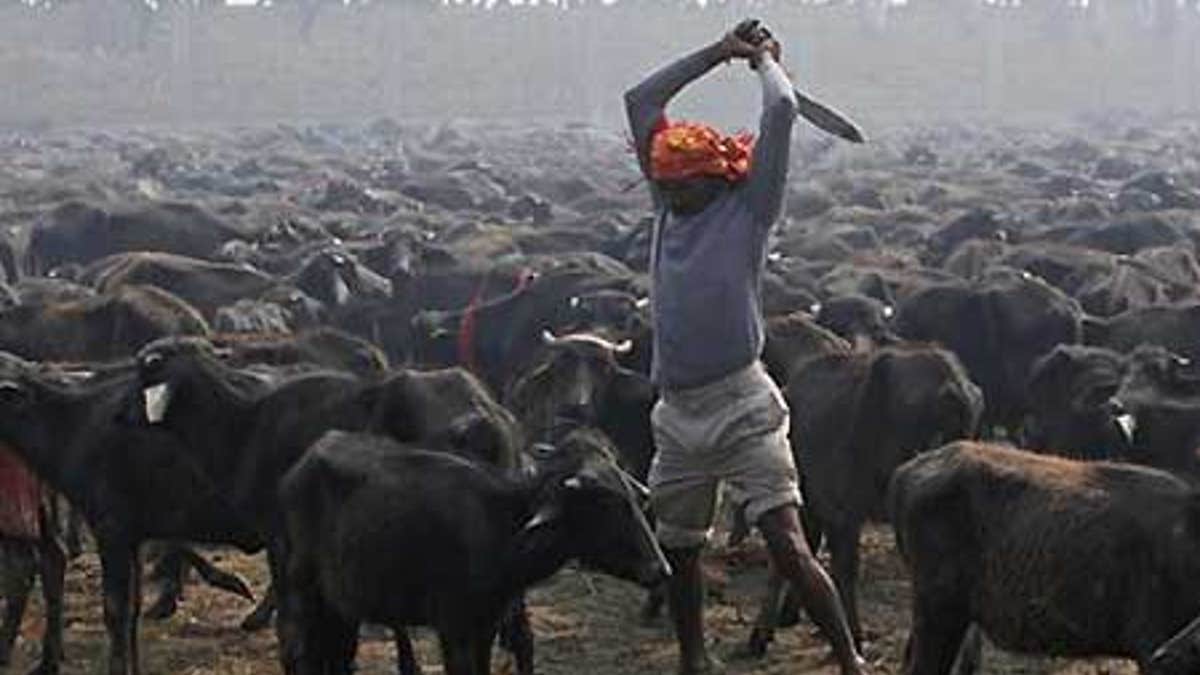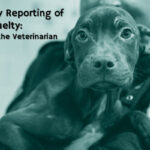In the shadow of tradition and ritual, a dark underbelly exists within the practice of animal slaughter—a cruelty that is often concealed from public scrutiny. An examination of these inhumane slaughter practices reveals a stark and unsettling reality. It is crucial to understand the myriad methods employed in the name of culture, food, or religious observance, as this knowledge may catalyze an awakening among prospective advocates for animal welfare.
Far removed from the sanitized images of supermarkets and pristine farms, the practices surrounding animal slaughter can be appalling. In many regions across the globe, the treatment of animals during the slaughtering process raises significant ethical concerns. Beyond the physical pain inflicted on these sentient beings, there exists a psychological dimension—a profound suffering that resonates deeply within the core of animal rights activism.
The journey begins well before the moment of death. Animals often endure prolonged transport across vast distances—conditioned to endure cramped quarters, maliciously cold temperatures, and a cacophony of distressing sounds. Stress mounts as they are jostled amidst their kin, deprived of food and water, creating an environment fraught with anxiety and fear. This environmental stress can lead to severe physiological consequences, including a heightened state of resistance during the slaughter process—a tragic irony, as the very act they are marching towards is one of death.
Upon reaching slaughterhouses, animals invariably face a variety of inhumane practices. Stunning methods, when employed, are often ineffective. Devices like captive bolt pistols or electric prods may not render the animals unconscious effectively. Consider the scenario where an animal flinches or jerks at the moment of stunning, indicative of an incomplete or erroneous process. This failure may leave them conscious and aware as the subsequent steps occur; a horrifying reality for any creature subjected to such brutal treatment.
In certain cultures, traditional slaughtering methods are employed that eschew modern standards. Ritualistic slaughter often involves cutting the animal’s throat without prior stunning—leading to prolonged suffering. For instance, the practice of halal slaughter mandates that the animal be killed while fully conscious, evoking a sense of tragic dignity in the last moments of life. The struggle for breath and life is agonizing, and the blood flows freely, symbolizing not just an end, but an excruciating journey towards it.
Each species faces its own set of harrowing circumstances. Pigs, for instance, endure one of the most grotesquely inefficient systems of slaughter. Bred to grow rapidly, they are often sent to slaughter at a young age, their bodies unprepared for the traumatic events to unfold. As they are herded into metal chutes, fears of violence create a panicked mob mentality—a stark reminder of their sentient awareness. The transition from relative safety to brutality occurs in mere moments, yet it leaves an indelible mark of terror upon their minds.
Similarly, cattle are subjected to the stress of confinement and transport. Many are prodded and forced to walk towards slaughter, often in full view of others who just moments before shared their existence. Despite regulations intended to ensure humane treatment, failures abound, leading to rampant abuse. Instances of cattle being struck, kicked, or improperly handled are all too prevalent—each incident serving to exacerbate the suffering of these noble creatures.
In stark juxtaposition, poultry slaughter practices reveal similarly monstrous truths. Chickens are often raised in overcrowded conditions, and their eventual demise is a mechanized affair. Electrocuted, decapitated, and plunged into scalding water—these procedures are conducted with alarming efficiency. The sheer volume of birds processed daily results in a tragic choreography of death, an assembly line that prioritizes speed over compassion, leaving behind a wake of terror.
Beyond the immediate brutality, there exists a philosophical question regarding the worth we ascribe to non-human life. Each act of inhumane slaughter reaffirms a hierarchy—a belief that human needs supersede the sanctity of life. In an era of ecological crisis and ethical evolution, it is imperative to challenge this status quo. The pain endured by animals encapsulates an urgent call for reform, advocating for a shift towards compassion rather than cruelty.
Reports and studies consistently validate the claim that humane slaughter practices do exist. Proper stunning techniques paired with mindful handling can mitigate the suffering endured by animals. However, to achieve this standard requires both legislation and cultural shifts—an examination of the ethics of consumption itself. From recognizing the complexity of animal sentience to advocating for integrated humane practices, the path forward must be paved with societal will and compassion.
Activism takes many forms—educational outreach, the promotion of plant-based diets, and support for legislation aimed at enhancing animal welfare. Each of these actions is crucial in fostering public awareness and challenging deep-seated norms. As individuals, we must confront our complicity in these systems of suffering. In championing a world where empathy for all life prevails, the transformation of society begins with each small, courageous act.
In conclusion, the understanding of how animals are cruelly killed must resonate as a beacon of change. Each horrific detail should serve as a catalyst for reform, spreading awareness while inspiring a collective quest for a more compassionate future. Ultimately, it is within our ability to redefine our relationship with animals and ensure a world free from unnecessary suffering. Through knowledge and action, we can strive toward a brighter existence—one that honors the lives of all beings.







